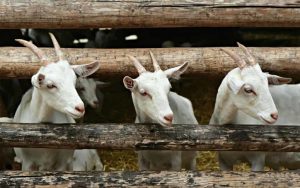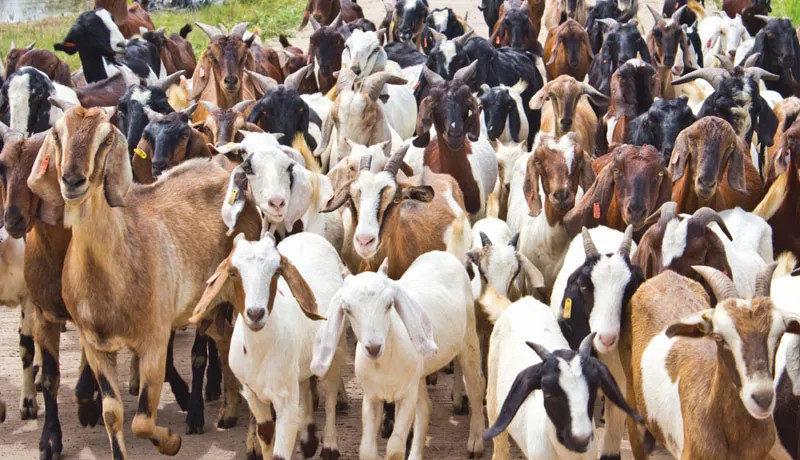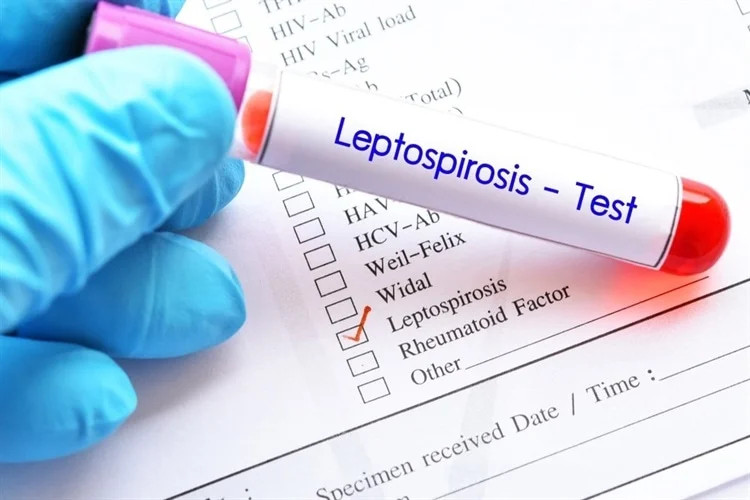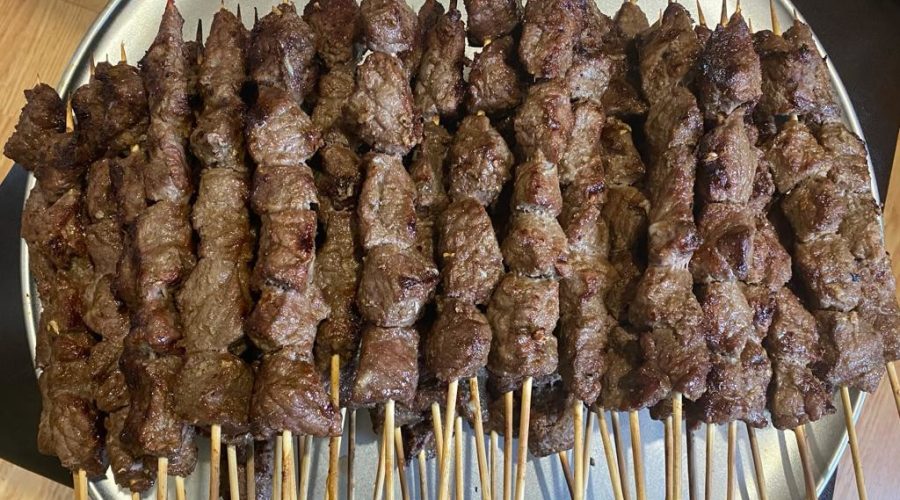By Ruvuga, P.R. and ·Maleko, D,D.
Dairy goat farming is an important agricultural activity in East Africa, as they are valued for their ability to provide milk, meat, and income for smallholder farmers in the region. East Africa has several goat breeds suitable for dairy production, including the Toggenburg, Saanen, Alpine, Anglo-Nubian, Norwegian etc. Local breeds like the East African and Small East African goats are also common. These dairy goats are well-suited to the diverse climatic conditions found in East Africa. They can tolerate heat, drought, and limited grazing resources, making them ideal for small-scale farmers. Dairy goats in East Africa typically produce between 1 to 4 liters of milk per day, with some high-yielding individuals capable of producing more. The milk is rich in protein and nutrients, making it an important source of nutrition for households and a potential income generator.
Goats in East Africa are often fed on natural grazing, browsing, and crop residues. They are known for their ability to thrive on low-quality forages, which makes them an attractive livestock option for resource-constrained farmers. However, supplementary feeding with concentrates and mineral supplements can improve milk production. Proper management practices are crucial for dairy goat farming. This includes ensuring clean water availability, regular vaccinations, deworming, and adequate shelter. Good hygiene practices during milk handling and storage are also important to maintain milk quality. Despite its potential, dairy goat farming in East Africa faces various challenges. Limited access to quality breeding stock, lack of knowledge and technical skills, inadequate veterinary services, and market limitations are some of the common obstacles that farmers encounter. However, efforts by governments, NGOs, and development organizations are underway to address these challenges and promote sustainable dairy goat farming in the region.

The systematic review done by two researchers from Rangeland Society of Tanzania and the Department of Animal, Aquaculture and Range Sciences at Sokoine University of Agriculture, were examine the effects of breed and upgrade level (50%, 75% and>75%) on growth and lactation performances of East African Dairy Goats. Google Scholar was used to search for dairy goats’ studies followed by an eligibility check. Eligible studies were assessed for risk of bias using RoB 2.0 (Cochrane risk-of-bias in randomised trial) and ROBINS-I (Risk of Bias Assessment in Non-Randomized Studies of Interventions). Smallholder farmers were mainly stall-feeding natural pasture and crop residues to goats with supplementation limited by the high costs of concentrate feeds.
Forage cultivation and conservation were limited by the scarcity of land and improved forage planting materials, low technical know-how and high labor demand. Similarly, farmers had limited access to formal market, veterinary and extension services. Prevalence of infectious diseases, antibiotic resistance and pre-weaning kid mortality were high. Nevertheless, there were breed effects (p<0.05) on pre-weaning growth and weaning weight but not lactation parameters. However, Saanen goats had relatively higher lactation length (252 days) and yield (637 l) than other goat breeds. Daily milk and lactation yields, pre-weaning growth and growth rate (post-weaning) varied significantly among upgrade levels (p<0.05) and were highest in>75% level. It was concluded that Saanen goats and>75% were the best breed and upgrade level for goat milk production in smallholder farms due to high lactation performance. Improving the different managerial aspects of smallholder dairy goat farming is of paramount importance if the dairy goats’ performance, farm income, food safety and security are to be improved in Eastern Africa.

For more information: Click HERE
Ruvuga, P. R., and Maleko, D. D. (2023). Dairy goats’ management and performance under smallholder farming systems in Eastern Africa: the systematic review and meta-analysis. Tropical Animal Health and Production, 55(4), 255.
Dairy goat farming in East Africa offers smallholder farmers an opportunity to improve their livelihoods through milk production and income generation. With proper support, training, and access to resources, this sector has the potential to contribute to food security and poverty reduction in the region could be achieved.
The Department of Animal, Aquaculture, and Range Sciences
The College of Agriculture, Sokoine University of Agriculture
Share this page




